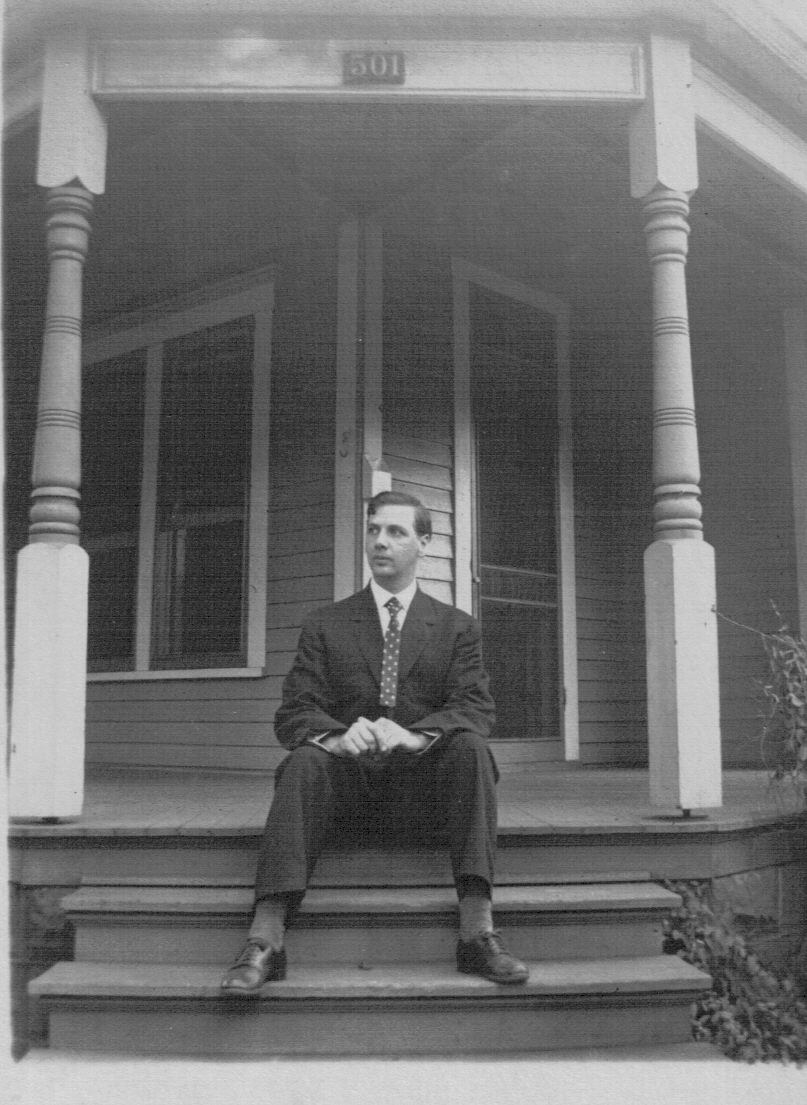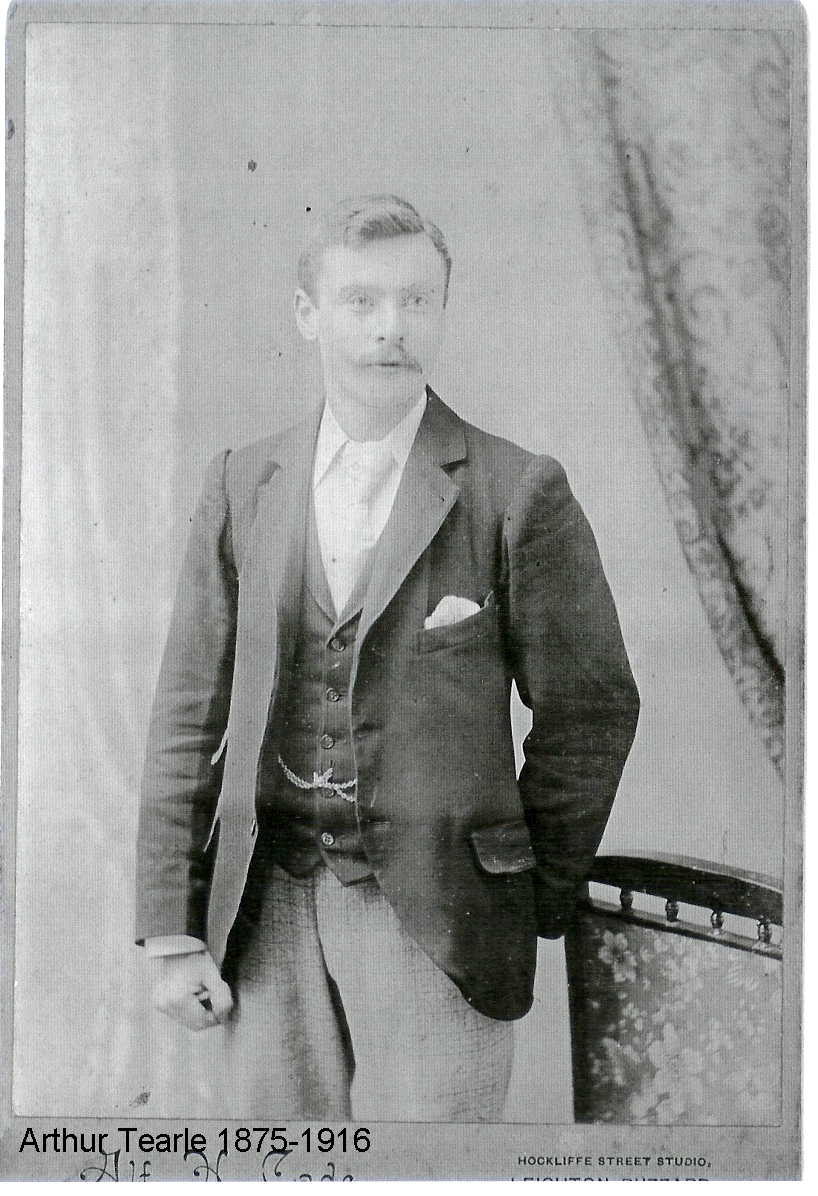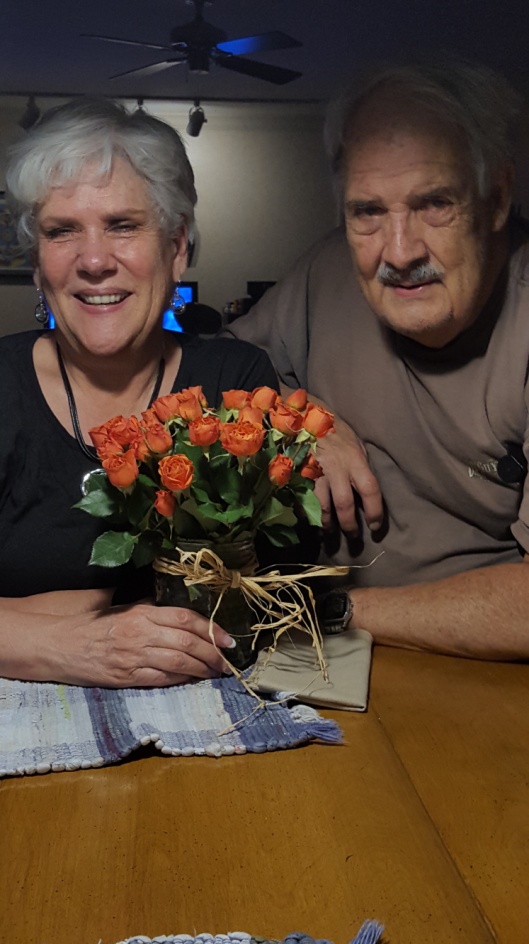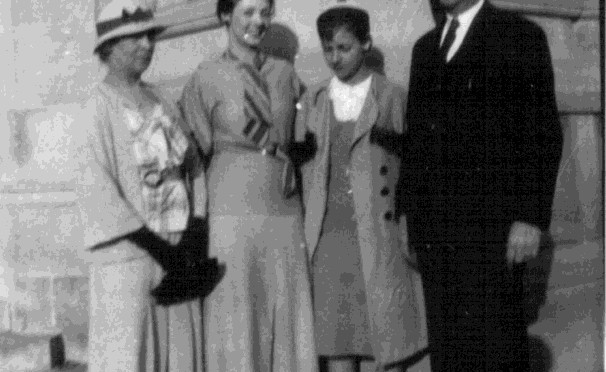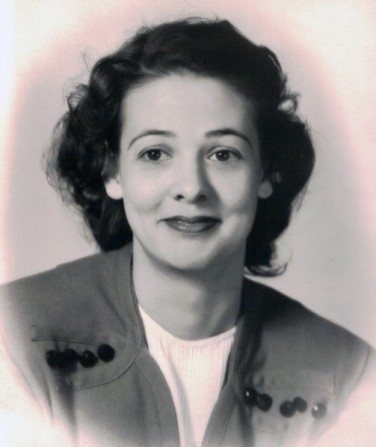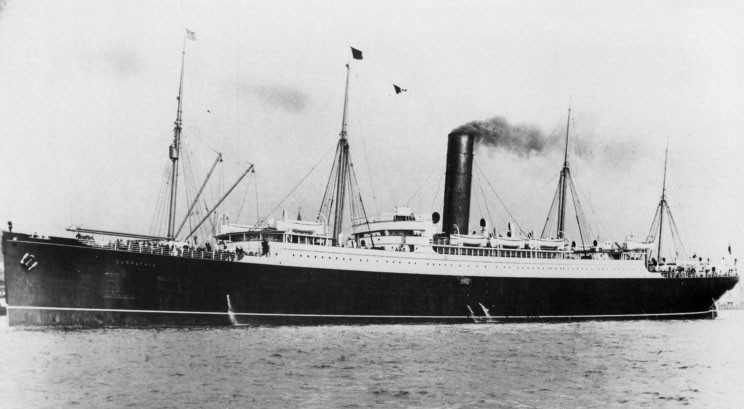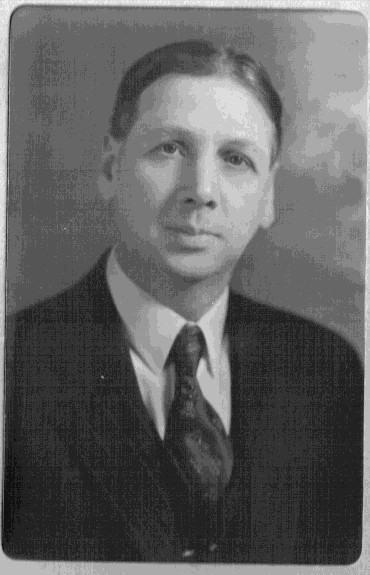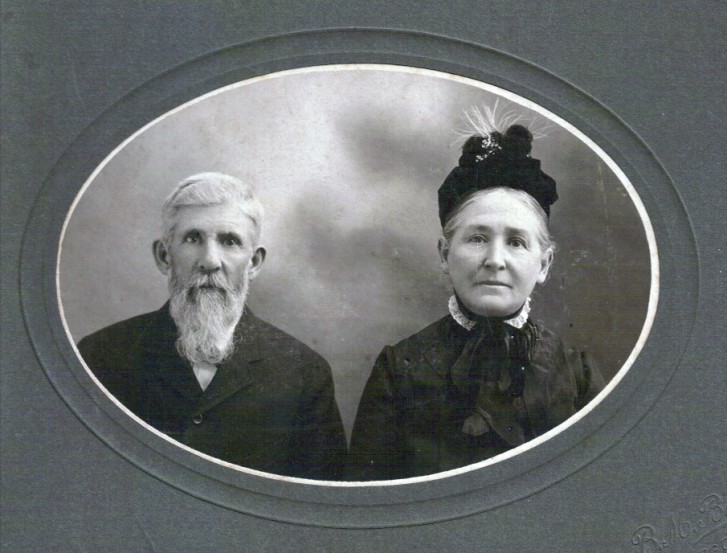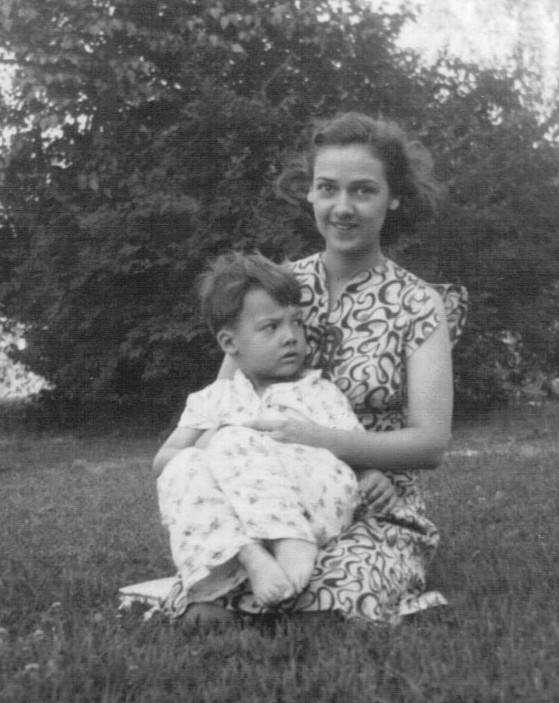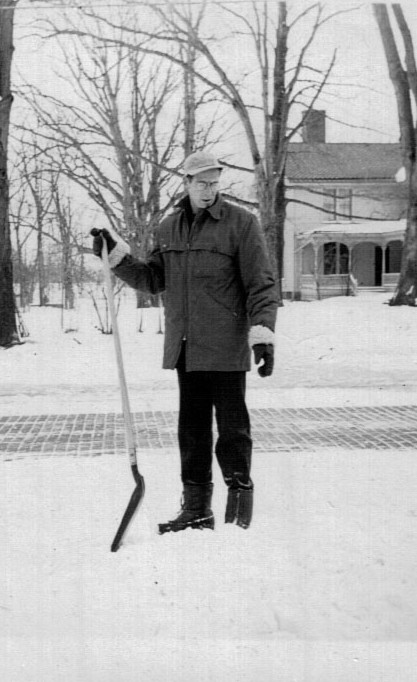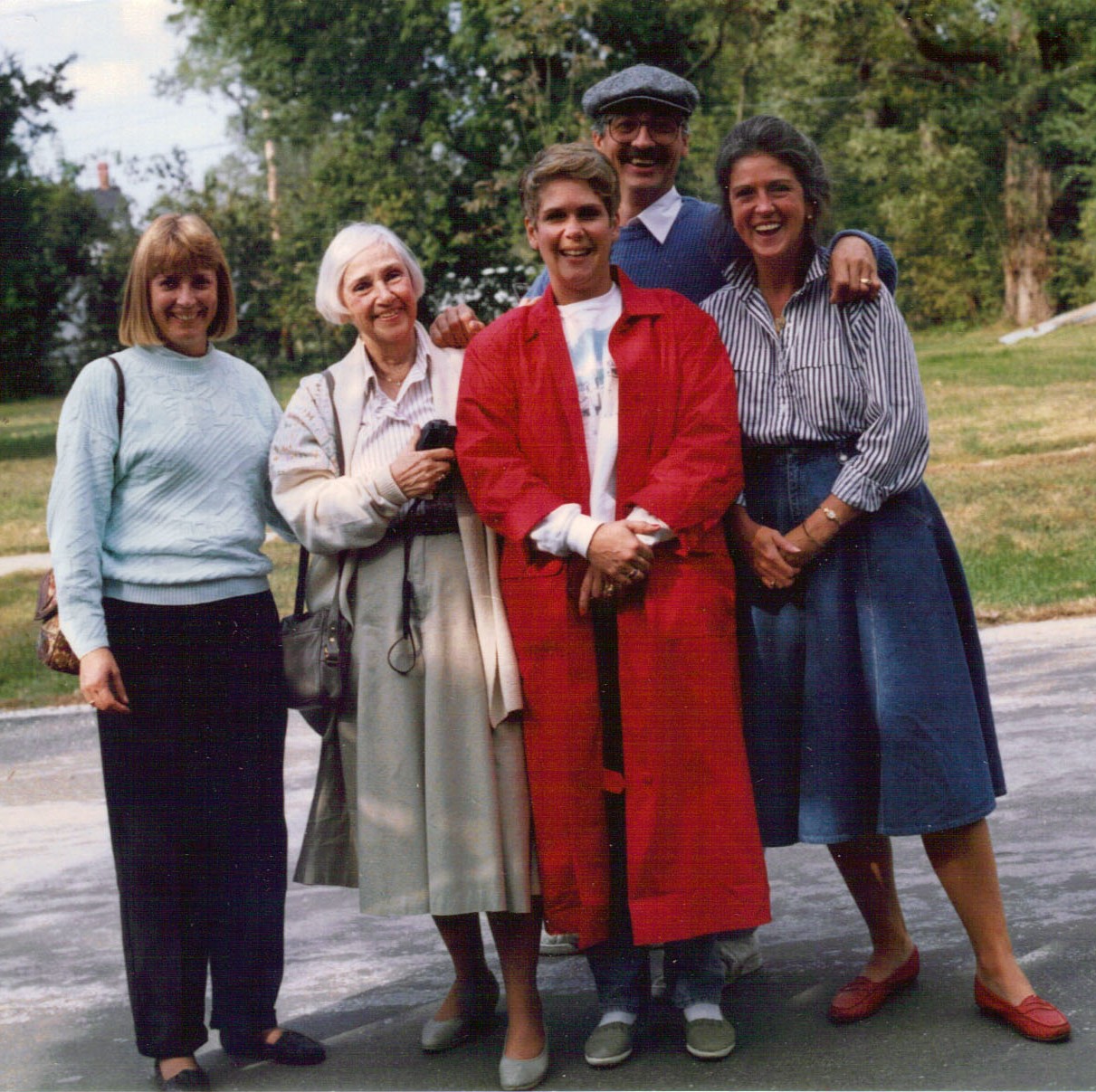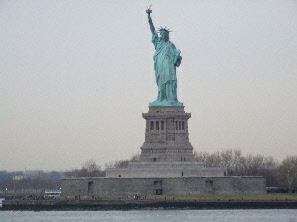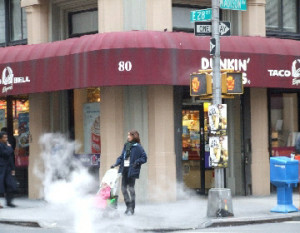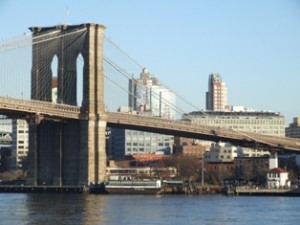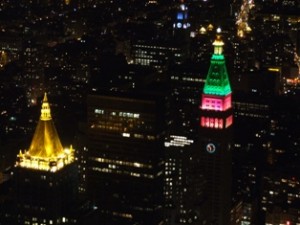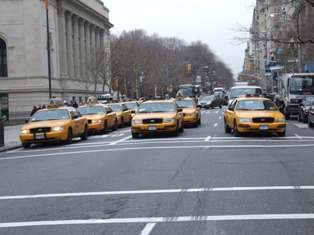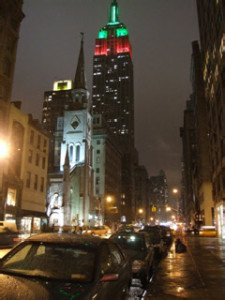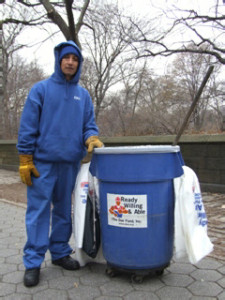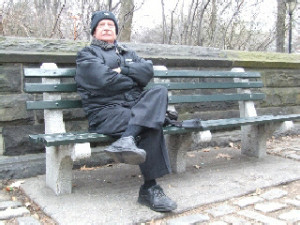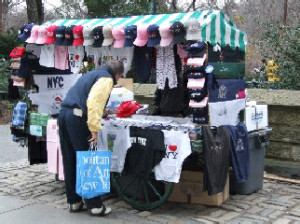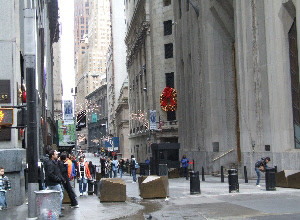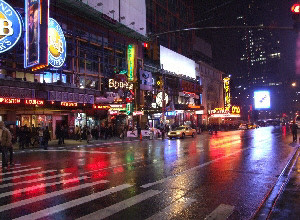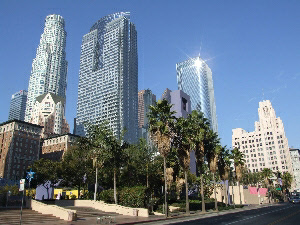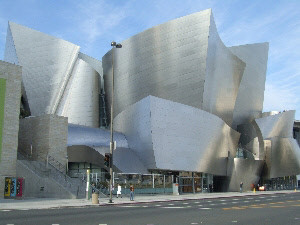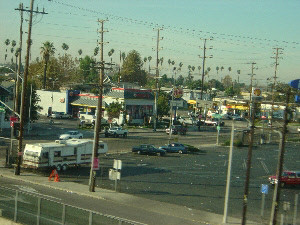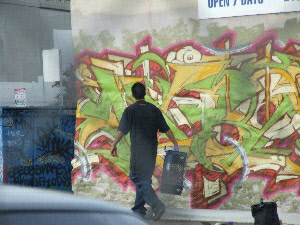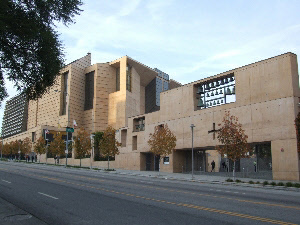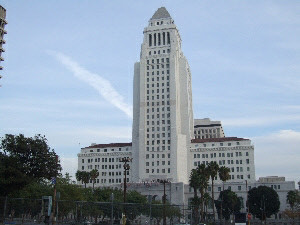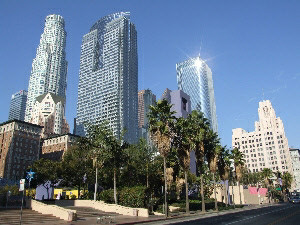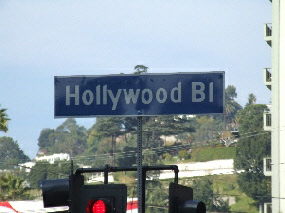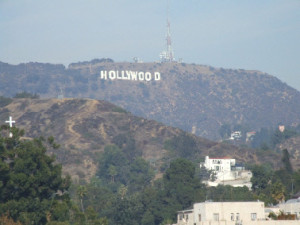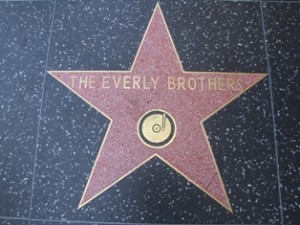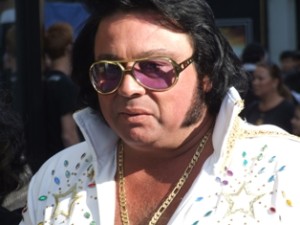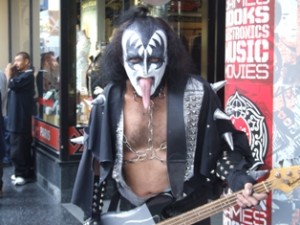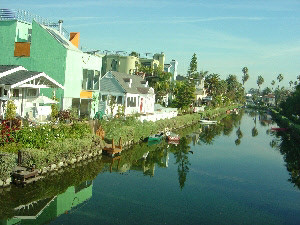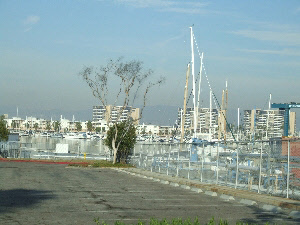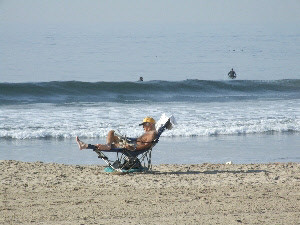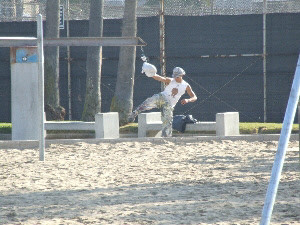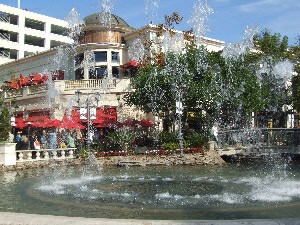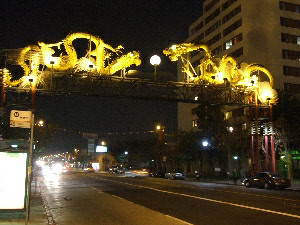In 1904 a young man from Stanbridge disembarked from the Carpathia and presented himself at the immigration desk at Ellis Island, New York. The adventures of Arthur Tearle 1881 in America had begun.
Arthur’s descendants live in Missouri, Florida and California, Georgia, Texas, Kansas and Connecticut. It is to Bob and Sam Chancellor that we are indebted for the fascinating details of Arthur’s life.
Bob has written a most beautiful book entitled Pieces of String too Short to Save: A Memoir About Life, Journalism and Foreign Service, copyright 2011, and he has asked us to host the entire chapter he wrote about his grandfather and family.
Bob has also sent me the promo sheet for his book, and he has given me directions on how to purchase it.
In order to give us a timeline of Arthur’s life, in very sharp focus, Sam has sent us a nicely concise synopsis.
So who was he, this Arthur Tearle 1881, and how do I know he really came from Stanbridge? Let me answer the last question first. On his Missouri State Board of Health death certificate we can see he died in Cooper, Boonville, Missouri on 4 Jan 1936. The facts, supplied by his wife on this death certificate, say he was born 28 Oct 1881 in Stanbridge, Bedfordshire, England and that his parents were John Tearle and Maria. These are the exact credentials for Arthur 1881, son of John 1840 and Maria nee Bliss. Arthur is 9yrs old in the 1891 Stanbridge census and in the 1901 Northampton census he is 19yrs old and a draper’s assistant. I’ll leave the rest of his story to be told by the Chancellor brothers.
In the crucial matter of his ancestry, if you look at the Stanbridge Tearle memorials you will see the photo of the two side-by-side graves, one of John (“sixty years sexton of this parish”) and Maria and the one on the right for James and Mary. John and James are brothers and while John is the father of Arthur 1881, and the g-grandfather of Bob and Sam Chancellor, James is my gg-grandfather, the father of Levi Tearle, the blacksmith of Wing (see the Wing page) and Levi is the father of Arthur 1874, my grandfather – see the New Zealand page. Which means that Bob and Sam are not too distant from me as cousins. John and Maria had many more children than just Arthur and you can see some of their graves on the Stanbridge page. The children were: Annie 1868 who married Charles Rose, Frederick 1870 who died unmarried in 1895, the twins Kate and Eliza 1873, Sabina 1875 who looked after her father from the time Maria died in 1883, Phoebe 1877 who married George Horne, Thomas 1880 who died a baby in 1880, and finally Arthur 1881.
Our common ancestor is Thomas 1807 who married Mary Garner of Toddington. Their family was: James 1827, my gg-grandfather, who married Mary Andrews from the nearby village of Eggington, John 1829 who died in 1829, William 1832 who married Catharine Fountain, some of whose family became hub members of the Willesden cell, Sarah 1834, who died 1837, Emma 1837 who married George Pratt, John 1840 who married Maria Bliss and is the g-grandfather of the Chancellor brothers, and Anne 1842 who married Henry Walker Simmonds.
Thomas’ parents were Richard 1773 and the redoubtable Elizabeth nee Bodsworth. She was 18 years old when she married in 1795 and she had 13 children in the 27 years from William 1796 to Joseph 1823, not counting any children who died before they were baptised.
Richard’s parents were John 1741 and Martha nee Archer. They had seven children, and their children form the largest branch of the Tearle family. As you can see from photographs of the TearleMeets, held in the Stanbridge Church, the chart of this one family barely fits along the central aisle of the church, running as it does from the vestry to the altar.
John’s parents were Thomas 1709 and Mary nee Sibley. This couple had eight children and the descendants of those children account for almost all the Tearles in the world today.
If you compare these two men, you will see a remarkable family resemblance. Then if you compare them with the photo taken of me as a teenager, the resemblance is true for more than three generations.
Pour yourself a cup of tea, relax in your most comfortable armchair and enjoy what Bob and Sam have brought us.
The story of Arthur 1881 by Bob Chancellor
Arthur Tearle – an American timeline, by Sam Chancellor
BOOK PROMO – “Pieces of String too Short to Save: A Memoir About Life, Journalism and Foreign Service,” copyright 2011, by Bob Chancellor
Obituary for Phoebe Ellen Tearle Kennedy Popham
Phoebe lived life to its fullest until the end on September 2, 2013, when she succumbed to bone marrow cancer at the age of 92. She was an accomplished artist especially with water colors, an enthusiastic tennis player at the Carriage Club, a sailor on the Great Lakes and Lake Quivira, an intrepid world traveler and late in life learned to play the piano.
She was born October 15, 1920, in Sedalia, MO., to Arthur Tearle, a recent immigrant from England, and Mary Louise Nunnelly Tearle of Montgomery County, MO. At the age of two, the family moved to Boonville, MO, where Phoebe grew up and completed high school. Her father died in 1936, and she and her mother moved to Kansas City, where Phoebe attended the Edna Marie Dunn School of Fashion and Design, and became a fashion artist for Emory Bird Thayer Department Store. Later she became an artist for TWA, and a reservations agent, where she worked until retirement in 1985. She was pre-deceased by her mother in 1968 and by an older sister, Frances Marie Chancellor in 1970.
In 1946, she married a co-worker at TWA, Marshall Sanger Kennedy, and they lived at Lake Quivira; Youngstown, New York and Jacksonville, Florida, until his death in 1967. They had two daughters, Laura Shepardson Kennedy, who died in 2002; and Kristin Kennedy Bowen of Kansas City, who survives. Phoebe also is survived by a grandson, Andrew Kennedy Olive of San Francisco, another grandson, Marshall Thibideaux Bowen of San Antonio, and a granddaughter, Marguerite (Maggie) Louise Bowen of Houston.
After the death of Marshall Kennedy, Phoebe and the girls moved back to Kansas City, where in November, 1969, she married attorney Arthur C. Popham, Jr. Phoebe and Art traveled extensively, around the United States, to the Middle East, Africa, and annually to England for the grouse hunting season. She also volunteered for many years as a docent at the Nelson-Atkins Museum of Art. Arthur Popham died in September, 2009.
A memorial service for Phoebe Kennedy Popham will be held at Prairie Village Presbyterian Church at 6641 Mission Rd., Friday, September 6 under the direction of D. W. Newcomber with a visitation for friends and relatives to follow at the Claridge Court Hall,8101 Mission Road. In lieu of flowers, memorial gifts may be made to the Humane Society of Greater Kansas City, 5445 Parallel Pkwy, 66104.
The last two Tearles in the US
(Or, at least, the last two descended from Arthur Tearle 1881 to carry the family name)
At left is Kristin Tearle Kennedy Bowen, daughter of Phoebe Ellen Tearle Kennedy Popham, the younger of two daughters of Arthur 1881 and Mary Louise Nunnelly, born Oct. 15, 1920, , died Sept. 3, 2013 .
At right is Robert Tearle Chancellor, eldest of three sons of Frances Marie Tearle Chancellor, born Oct. 20, 1913, and diedDec. 12, 1970, from an early and massive heart attack as had her father.
Kristin is the mother of a son and daughter, all of whom live in Houston, Texas.
Bob is the father of two sons, two daughters, five grandchildren and one great-grandson. There are two other Chancellor brothers, Sam with two children and Stephen, with two children and two grandchildren.
